At first glance, it seems a giant’s dessert has sprouted from the earth—layers of confectionery whimsy dripping with ruby, violet, and fuchsia “frosting.” But step closer, and this surreal vision reveals itself: a Guangzhou apartment building transformed into a living mille-feuille, each tier spilling over with bougainvillea blooms so lush they mimic cascading anime dreamscapes.
These aren’t ordinary flowers. Bougainvillea—Guangzhou’s botanical mascot—paints the city in strokes of neon brilliance, clambering over highways and bridges like nature’s graffiti. Here, they’ve staged a vertical takeover, turning concrete into a sugar-dressed fantasy. The building pulses with color, as if the walls themselves have learned to blush.
Nestled within Panyu District’s Xifang Courtyard, this floral marvel is more than a photo op—it’s a time capsule. The site once hummed as a state-owned agricultural hub in 1958, its brick-and-steel bones now cradling Guangzhou’s industrial past. Today, those weathered factories have been reimagined into a vibrant playground where history tangoes with modernity. Art studios nestle beside retrofitted warehouses, cafés bloom in former machinery halls, and every corner offers a curated backdrop for the Instagram generation.
But the star remains the bougainvillea-clad tower—a symbol of urban alchemy. By day, sunlight filters through petals, casting stained-glass shadows; by night, fairy lights twinkle like fireflies trapped in the foliage. It’s a place where factory workers’ echoes mingle with the laughter of influencers, where rusted bolts share walls with avant-garde murals.
This is Guangzhou’s magic: a city that doesn’t just preserve history, but lets it grow—quite literally—into something wild, wondrous, and irresistibly alive.



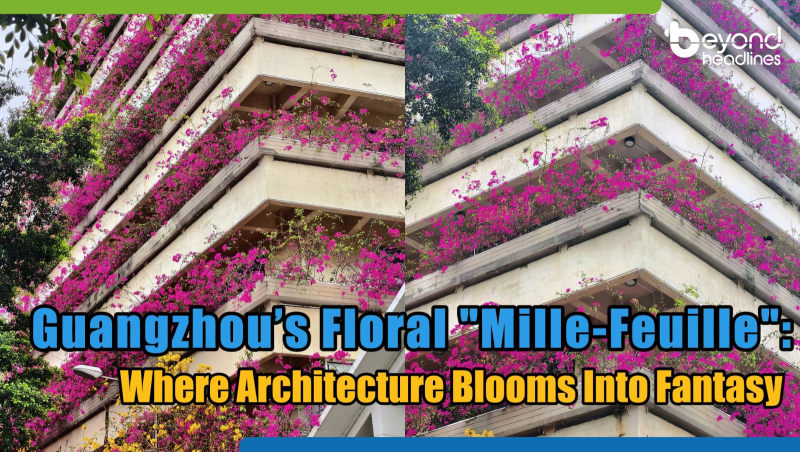
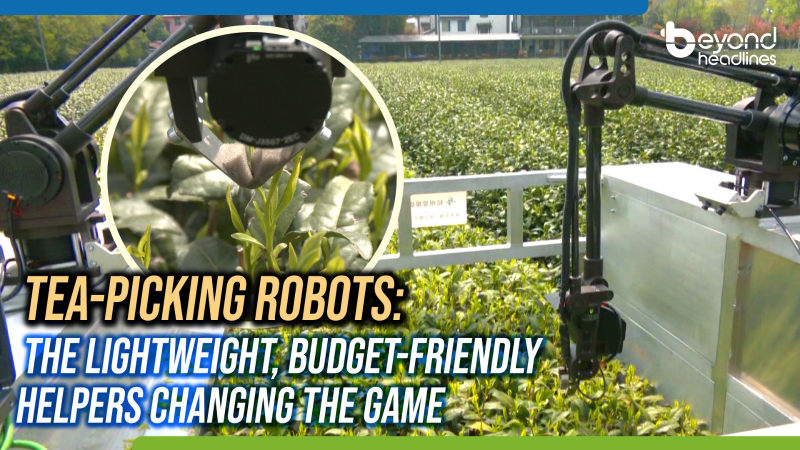
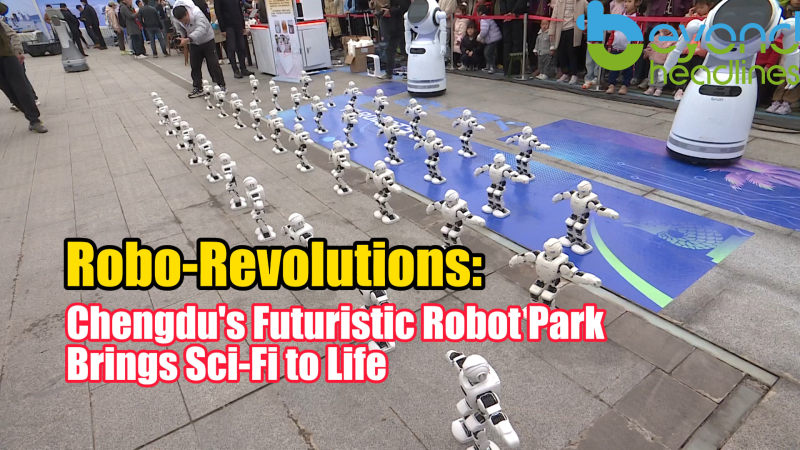


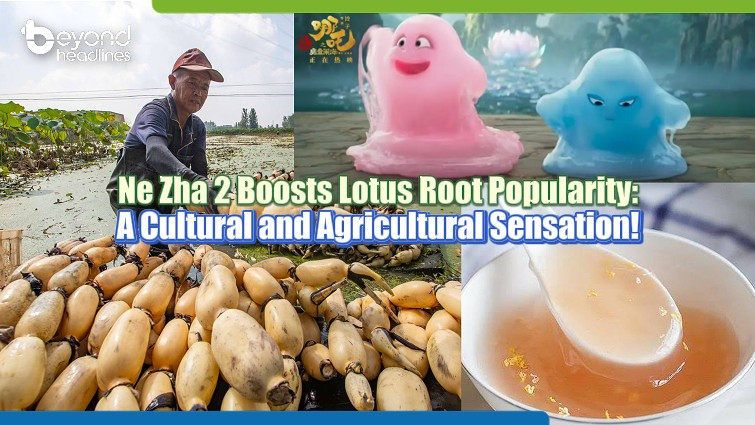
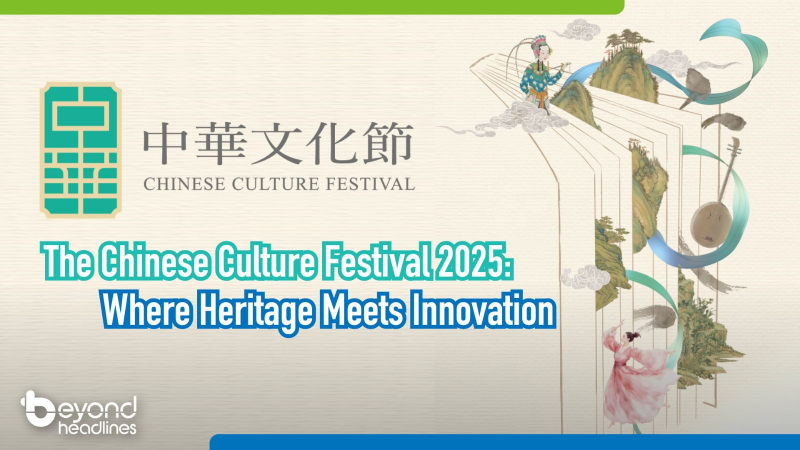
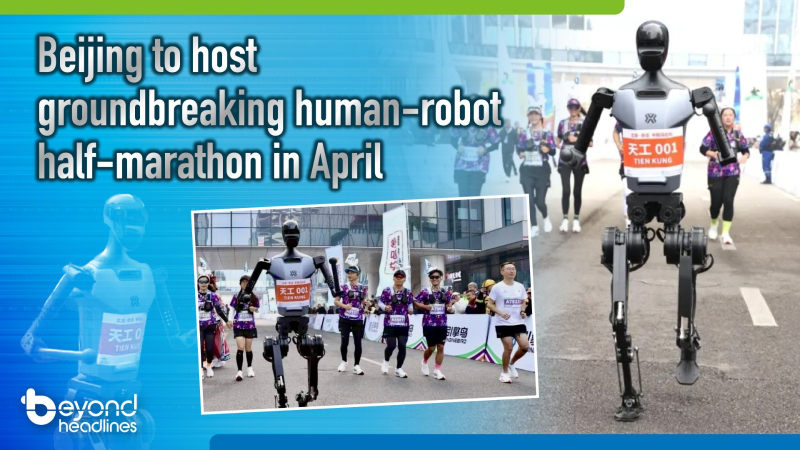
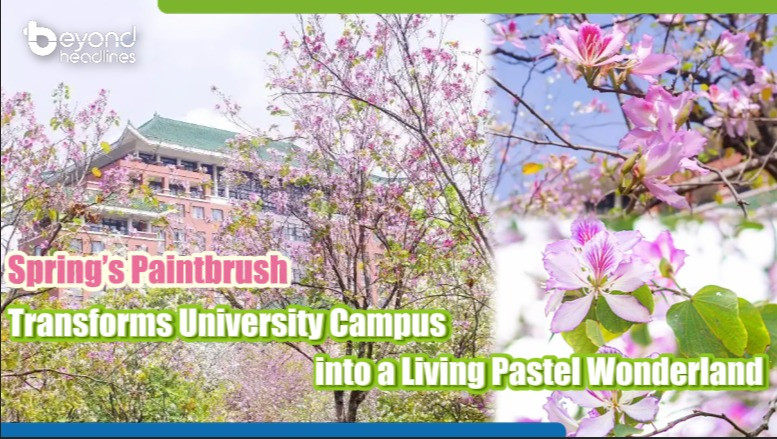
![[Discovering China] TCM Gets a Groovy Makeover: Yangzhou’s Wellness Market Wows with Herbal Delights & Tech Magic](https://img.beyondheadlines.hk/articles/cover/20250411/72c85132cb6d93411349f286c828d7c2.jpg!w800)

No more comments
No more comments